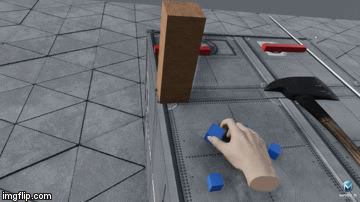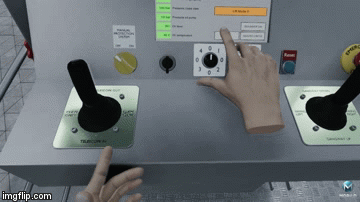The rapid adaptation of new technology and development of portable equipment seems to be a game changer in training simulator technology. Now major players as Volkswagen and Lockheed Martin are using Virtual Reality (VR) simulators in training to cut cost and provide better training.
Morild Interaktiv have developed training simulators for the maritime industry since 2012. In 2018 the company delivered a state of the art 360 degrees full mission bridge simulator to Rolls-Royce Marine, located at the Norwegian Maritime Competence Center in Aalesund, Norway. Today we deliver the same simulator on a laptop using VR technology. The cost difference in both acquisition and operation is dramatic.
Volkswagen Nutzfahrzeuge (Volkswagen Commercial Vehicles) conducted multiple VR training pilots, including for the front-end assembly of the T6 Multivan. In this specific case, Volkswagen found the potential of reducing training time by 50 percent, in comparison to conventional on-the-job training. The pilot also revealed that applying VR can reduce training cost with as much as one third.
Lockheed Martin are using VR building products virtually versus physical builds and testing. In addition to reduced initial design cost, the company has also saved $500,000 on travel expenses by enabling distributed employees to collaborate virtually.
VR simulators also provide significant savings in travel expenses by bringing employees and trainers together in virtual environments. You don’t have to shut down production to facilitate training on the equipment – saving potentially millions of dollars in lost production.
VR training helps alleviate language barriers across global workforces, eliminating the need for translators and numerous iterations of multilingual training materials. With fully immersive training, personnel can learn faster and better, and retain processes with a hands-on approach, helping to greatly reduce the likelihood of future mistakes.
Technology makes it possible to get better training at a significantly lower cost, and VR plays an essential role when we now are moving from physical to virtual training simulators.
With our experience building some of the worlds most complex state of the art conventional training simulators, we are certain that we have translated all aspects to our VR training simulators without compromise. We are currently conducting a study together with the Arctic University of Tromsø (UiT) and Arcos training centre, to find the effect of VR in lifeboat training compared to conventional training. We will keep you posted on the results!



























